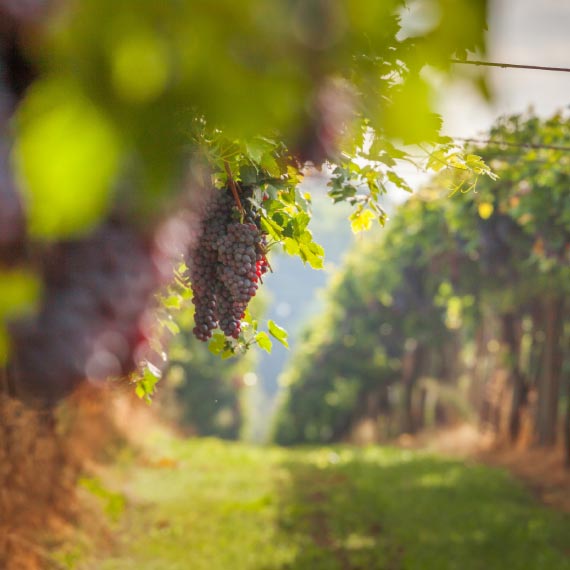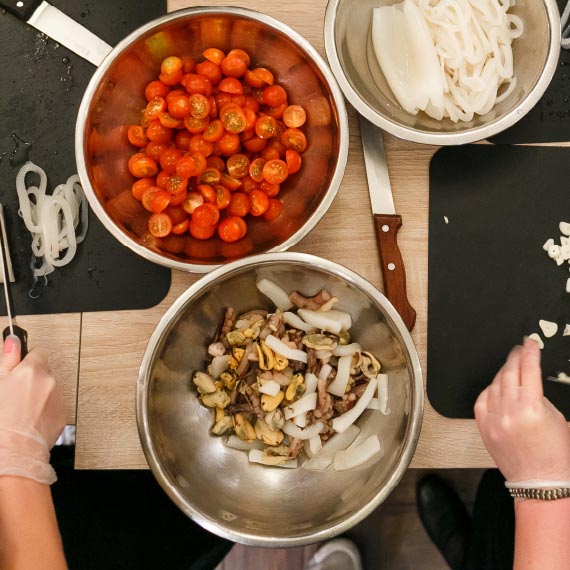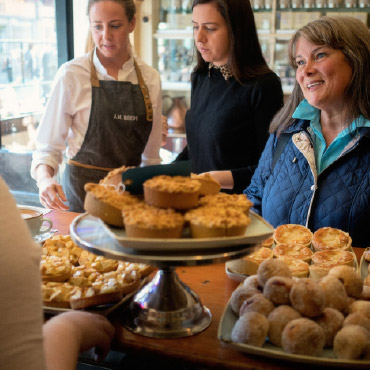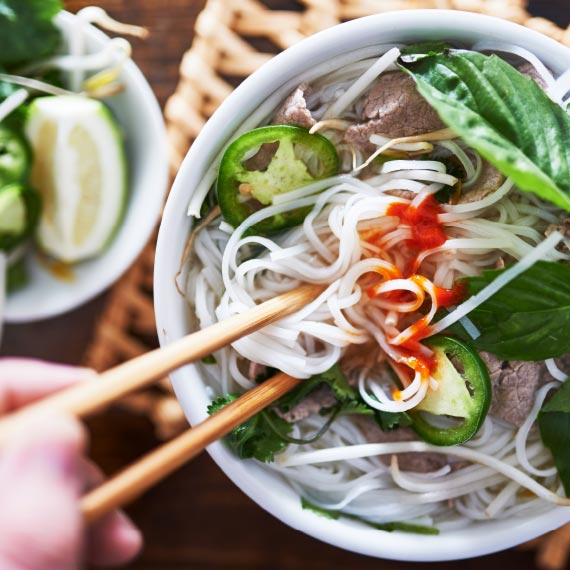FOOD FOR thought
Cuisine comes with its own set of terms, rules, techniques, and trivia. Most foodies have considerable cuisine-related knowledge, but because food is so different all over the world, there’s always more to learn. We invite you to get your fill from these tasty tidbits of information.
SWITZERLAND'S SWEETEST TREAT:
Chocolate
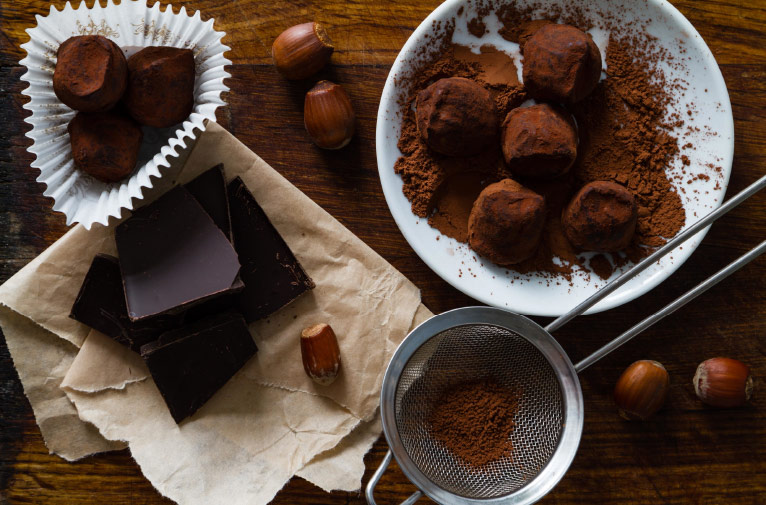
The Swiss are known as the masters of this sweet treat – but did you know this chocolate-related trivia?
5 SWEET FACTS ABOUT SWISS CHOCOLATE:
- The Swiss eat more chocolate than any other nation in the world – consuming close to 20 pounds per year.
- Chocolate is a major Swiss export; with almost 115,500 tons of chocolate exported in 2015.
- Swiss chocolatier DeLafée developed a truly rich treat by blending 24-karat gold dust into cocoa butter to create edible chocolate gold.
- All Swiss chocolate is union made. Chocolate workers are covered by collective-bargaining labour agreements.
- It takes 500 cocoa beans to make one pound of chocolate.
Sample a square of delicious milk chocolate on a tour of Switzerland.
Check out our blog to learn where you’ll find some of the best chocolate across the globe.
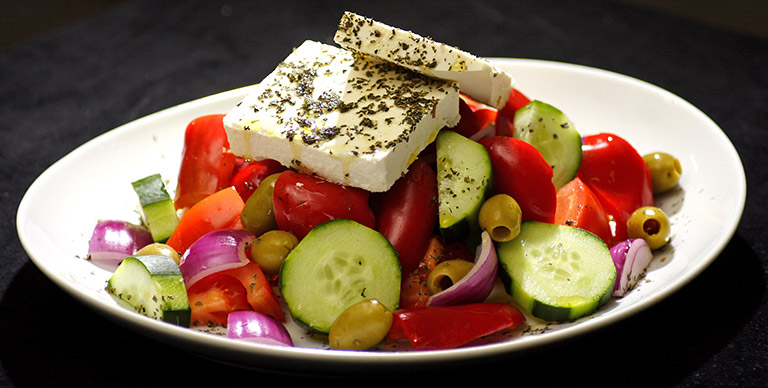
IS YOUR
Greek Salad
REALLY GREEK?
If you love a hearty Greek salad, you might be in for a surprise when you order this dish whilst in its birthplace. Greek salad, or Horiatiki, is traditionally prepared with tomatoes, cucumbers, capers, Kalamata olives, red onion, topped with a large square of feta and dressed with light olive oil and vinegar. However, what you won’t find on your plate is lettuce or any leafy greens.
Did You Know?
Peanut butter was originally a food for America’s elite. In the mid to late 1800s, it was served to wealthy guests at sanitariums like John Harvey Kellogg’s Western Health Reform Institute. Once the boll weevil devastated the production of cotton, George Washington Carver encouraged farmers to adopt the peanut as a major crop. As demand increased, it became the protein-rich food for the masses.
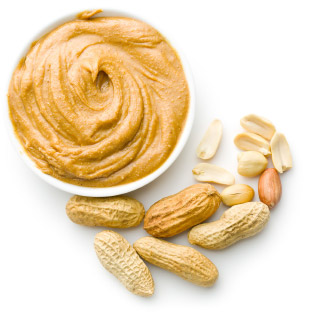

Tapas vs. Pintxos
WHAT'S THE DIFFERENCE?
You may be confused by the two different names, both referring to a savoury Spanish snack. They both use a wide variety of ingredients from seafood to cured ham that hangs behind the bar. Town to town and even bar to bar, these small plates will be different but always flavorful and fresh. When they are called tapas and when they are called pintxos largely depends on which part of Spain you’re visiting.
TAPAS: The word tapas means “to cover.” They are found in most of the country except in the regions there are pintxos. Legend says these small dishes got their name from bar patrons who used their plates to cover their glassware to keep the flies out of their drinks.
PINTXOS: They are found in Basque Country, La Rioja and Navarre. The word pintxo literally means “spike.” What makes them different from tapas is they are typically skewered or ‘spiked’ with a toothpick to keep the food in place. One important thing to note is to keep your toothpicks on your plate…your server will count them to tally the bill.
Visit Spain and savour both varieties of this delectable snack.
THIS TOP
Coffee-Producing Country
MIGHT SURPRISE YOU

When thinking of the top coffee producers in the world, your mind most likely wandered south to tropical locales like Brazil, Colombia, or Costa Rica. It’s easy to see why. These Latin American countries do harvest a considerable amount of this bean-based commodity, but one of the biggest producers is actually Vietnam. The country is the second largest producer of coffee in the world. If you do find yourself in Vietnam, be sure to try Vietnamese coffee. Locals enjoy their java with sweetened condensed milk. It’s a delicious way to get energized for a full day of exploration.
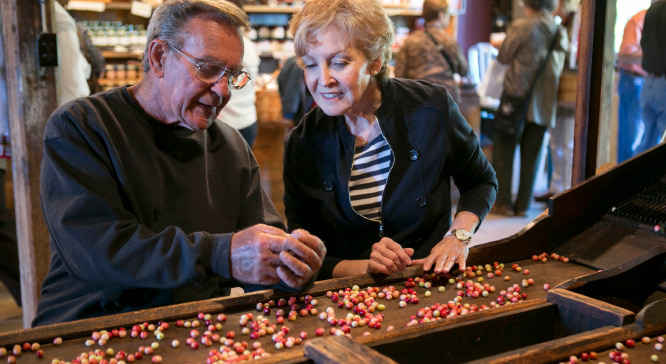
• Fun Fact •
When cranberries are fully ripe, they can bounce like a rubber ball! Some farmers and shoppers test the ripeness of the berry with a bounce. It is reported that early New England colonists may have coined the word cranberry from the German kranebere - literally, “crane berry,” because the berries’ blossom resembled the neck of a crane. Visit a cranberry bog on our Islands of New England tour.
Did You Know?
The jumbo, black-skinned “Densuke” watermelon sold at an auction in northern Japan in 2008 for $6,100, making it one of the most expensive watermelons ever sold in the country. The unusual watermelon is said to have a distinctive sweetness and crisp flesh.
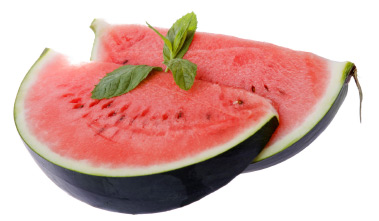

WHAT EXACTLY IS A
Smörgåsbord?
The True Definition of this Scandinavian Culinary Term Explained:
Think you know the definition of the culinary term “smörgåsbord”? Think again. The word smörgåsbord in America has become synonymous with a buffet-style meal. But in Scandinavia – where the term was coined – a smörgåsbord refers to something quite different. Its roots date back to the 14th century when Sweden’s upper class would offer a small spread of bread, butter, and cheese before mealtime. When you dissect the word, you’ll find that in Swedish smör means "butter", och means "and", bröd means "bread". This all translated simply means, “butter and bread.” It wasn’t until the 1900s that the smörgåsbord’s offerings grew to include meats, fish, fruit, and vegetables.
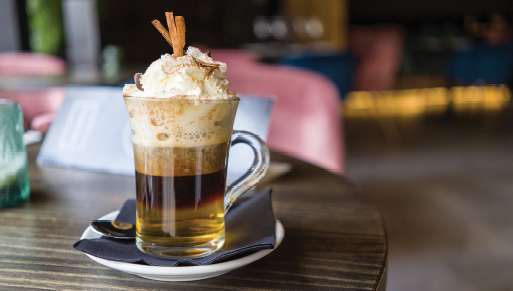
HOW
Irish Coffee
CAME TO BE
A warm, caffeinated elixir with a signature whiskey kick, Irish coffee is a classic drink known well beyond the Emerald Isle. The hot cocktail was invented as a means to warm weary passengers Travelling via flying boat – a seaplane popularized in the 1930s. Whilst the flying boat fell out of use as advances in aircraft technology took off, the spiked coffee drink never lost its appeal. Enjoy it after a day ambling along the mythical Giant’s Causeway or at the end of delicious meal.
Be spirited away by the food and culture of the Irish on one of our Ireland tours.

